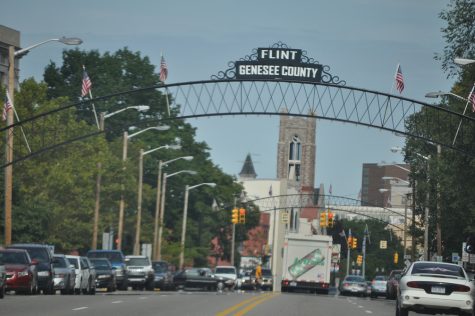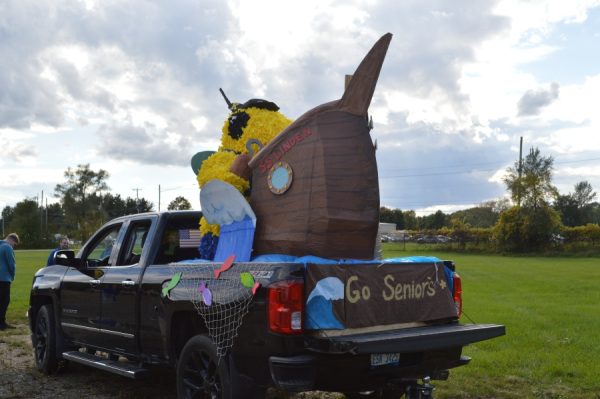‘Flint Town’ humanizes police, citizens of Flint

Netflix’s original series, “Flint Town,” shines a light on the truth behind Flint.
As a citizen of Flint, I think the Netflix series “Flint Town” did a favor for the city by capturing real-time footage of the struggles within the city.
In the original series about the city of Flint, Netflix shines a light on the many problems of Flint: the high crime rates, low police employment, and the water crisis.
Netflix released “Flint Town” on March 2.
The series follows the Flint Police Department on its journey to bring down crime rates amid the water crisis from November 2015 to the beginning of 2017.
Despite only having 98 officers among 100,000 citizens, the FPD fought crime and tried to dismiss the city’s title of “America’s Most Violent City.”
As a citizen of Flint, I think the Netflix series “Flint Town” did a favor for the city by capturing real-time footage of the struggles within the city.
— Brianna Horne
I liked that the series focused on the police force, which was dwindling and facing major issues during the time frame. You get to know the officers and their lives, as well as their fears and hopes for the city.
Officers are often seen as these kind of terrorizing robots that give out traffic tickets and shoot people, but the series shows that they are just people doing their jobs. They fear for their lives when they encounter perpetrators while on calls.
That being said, it also covers the perspective of the citizens who are afraid of those who are trying to protect them.
In one scene, a woman is pulled over for a minor traffic stop and gives an officer a false name because she is nervous. While many would say that she is up to no good, the officer does a background check and runs her plates and insurance only to find that she is clean.
I love that the series covers this point of view because it shows that not only are the officers nervous, the citizens are too.
Many police events in our country lead citizens to believe that all people — police and those they encounter — are bad. But that isn’t necessarily always true.
I believe that this series could ease the minds of people living both in the area and out of town.
Eventually, the viewer sees that while we are often angered by the fact that the police don’t come to our calls as soon as we place them, they are trying to respond as quickly as possible.
At times, the department has a list of 50 or more calls to attend to in one night.
With 98 officers employed and even less on patrol at night, they can’t fill all of the calls right away and may even take days to get to them.
The show exposes the truth behind the stereotype that the Flint police don’t care. In fact, they care as much as we do; many of them live in Flint too.
The series also shows the havoc that the water crisis wreaked on the city, despite the fact that it is centered on the police.
While it did explain the water crisis, I do think that Netflix could have done more to cover the events of the issue.
While the riots and protests were shown, the focus of “Flint Town” was that the police were trying to protect both the offenders and the protesters.
Filmmakers could have shown the effects that lead in the water had on the people and children of Flint.
The series also focused on crimes rather than all emergency calls.
Not every call placed to 911 in Flint is about a murder or break-in.
Many people were poisoned by tainted water and had to go to emergency rooms across the city, meaning some calls were to request an ambulance or to report someone who had died.
Overall, I would give this series eight stars out of 10 and recommend it to anyone who is interested in current events or the history of Flint.
This is a good series, and I believe every Flint citizen should watch the series as it exposes the truth and educates the people on the feelings of our officers and those around us.

Birthday: May 11, 2000
Extracurricular activities: Newspaper
Hobbies: Playing violin, hanging with her friends and boyfriend, and horseback riding.
...










